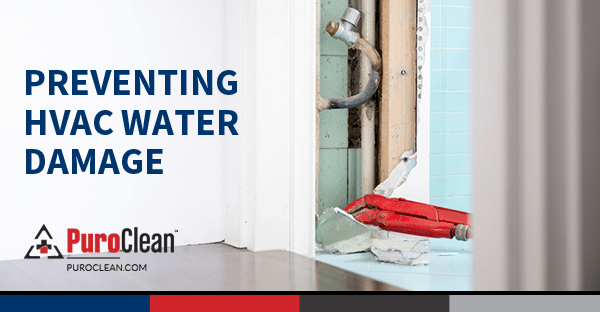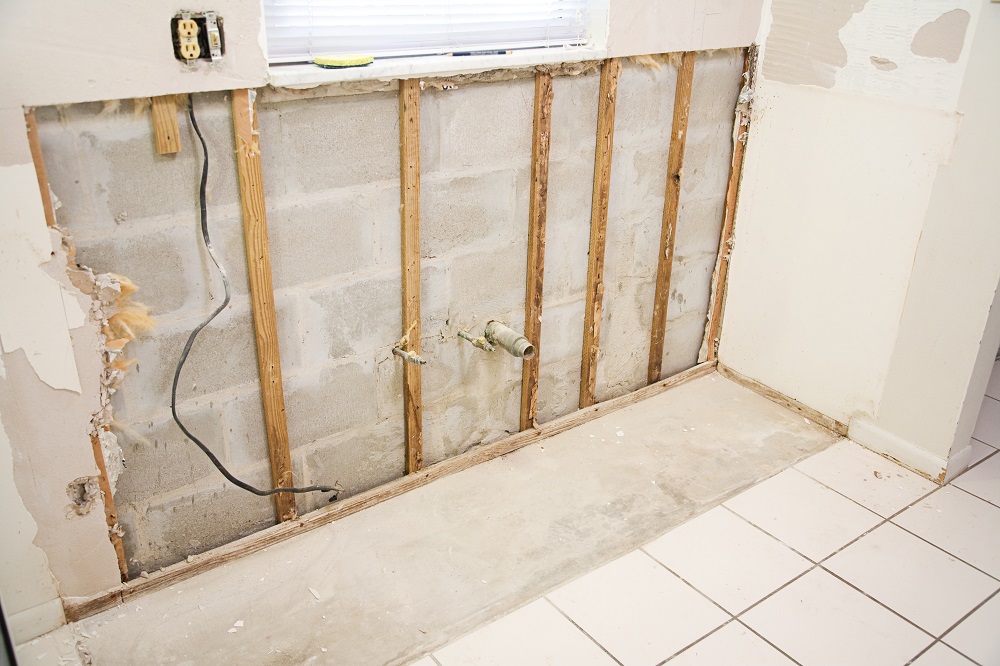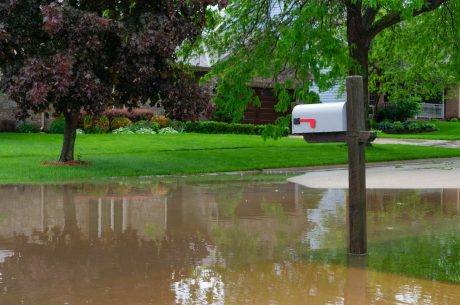Stay Ahead of Winter Water Damage
Cold temperatures, heavy snow, and ice storms in the Cranford, NJ, area can put homes and businesses at risk for water damage. Burst pipes, ice dams, basement flooding, and leaks become more common as snow melts and refreezes, leading to expensive repairs and structural issues.
The best way to prevent water damage in winter is early preparation. By taking preventative steps, you can protect your property from water intrusion, mold, and unexpected insurance claims.
This guide covers the top winter water damage risks and how to prevent them before they cause serious problems.
Stay Ahead of Winter Water Damage
Cold temperatures, heavy snow, and ice storms in the Cranford, NJ, area can put homes and businesses at risk for water damage. Burst pipes, ice dams, basement flooding, and leaks become more common as snow melts and refreezes, leading to expensive repairs and structural issues.
The best defense against winter water damage is early preparation. By taking preventative steps, you can protect your property from water intrusion, mold, and unexpected insurance claims.
This guide covers the top winter water damage risks and how to prevent them before they cause serious problems.
Prevent Water Damage in Winter and Avoid Costly Repairs
1. Burst and Frozen Pipes
When temperatures drop below freezing (typically around 20°F), pipes in unheated areas—like spaces under the house, basements, garages, and exterior walls—are at risk of freezing. As water expands inside the pipes, pressure builds. This can cause a pipe to burst, causing a flood.
✅ Prevention Tips:
- Insulate exposed pipes in cold areas using pipe sleeves or heat tape.
- Let faucets drip slightly during extreme cold to keep water moving.
- Keep your thermostat above 55°F, even when away.
- Open cabinet doors under sinks. This lets warm air circulate around the plumbing.
- Shut off and drain outdoor faucets before winter arrives.
🚨 Important: Never use a blow torch or open flame to thaw frozen pipes—it’s a fire hazard. Instead, use a space heater, hairdryer, or warm towels. Read more about frozen pipes.
2. Prevent Ice Dams and Roof Leaks
Ice dams form when snow melts on a warm roof, then the melting snow refreezes at the colder eaves, blocking proper drainage. This trapped water can seep under shingles, leading to leaks through the roof and structural damage.
✅ Prevention Tips:
- Remove snow using an ice rake before the snow builds up.
- Improve attic insulation to maintain an even roof temperature.
- Make sure gutters and downspouts are clear to prevent blockages.
- Consider adding an ice and water shield under your shingles for added protection.
- Learn more about ice dam prevention and damage mitigation.
3. Basement Flooding from Snowmelt & Rain
As snow melts or heavy rain falls, water can pool around your home’s foundation, leading to basement leaks or flooding. Poor drainage and foundation cracks make the problem worse.
✅ Prevention Tips:
- Ensure proper yard grading so water flows away from your home.
- Clean gutters and downspouts for proper drainage.
- Install a sump pump that has a battery backup to prevent a flooded basement.
- Seal foundation cracks to keep water out.
4. Clogged Gutters & Ice Build-Up
Leaves, ice, and debris in gutters can block proper drainage, forcing water into walls, ceilings, and foundations.
✅ Prevention Tips:
- Clean gutters in late fall after leaves drop.
- Install gutter guards to reduce debris buildup.
- Extend downspouts at least five feet from the foundation.
5. Sump Pump Failures
A sump pump is essential for keeping basements dry, but if its discharge line freezes, it can fail when you need it most.
- Test your sump pump before winter to ensure it’s working.
- Keep the discharge line clear and directed away from your home.
- Insulate or bury discharge pipes to prevent freezing.
6. Window and Door Leaks
Winter storms, wind, and fluctuating temperatures can cause gaps around windows and doors, allowing water intrusion.
✅ Prevention Tips:
- Use weatherstripping and caulk to seal leaks.
- Inspect window seals each year for signs of wear.
7. HVAC and Water Heater Leaks
Your HVAC system and water heater work harder in winter, increasing the risk of leaks or malfunctions.
✅ Prevention Tips:
- Inspect your water heater periodically for leaks, rust, and corrosion.
- Flush the tank annually to remove built-up sediment.
- Keep HVAC drain lines clear to prevent backups.
- Learn about preventing HVAC water damage all year.
8. Septic System Backups
Cold weather can cause septic lines to freeze, leading to sewage backups in your home.
✅ Prevention Tips:
- Use septic-safe additives to prevent freezing.
- Avoid parking vehicles or piling snow over the septic system.
- Find out how to handle a basement sewage backup.
9. Mold Growth from Winter Moisture
Excess moisture from leaks, condensation, or flooding can lead to mold growth, which spreads quickly and causes structural damage.
✅ Prevention Tips:
- Fix leaks immediately to prevent moisture buildup.
- Maintain indoor humidity between 40% and 55%.
- Improve ventilation in attics, basements, and crawl spaces.
- Use a dehumidifier in damp areas.
Additional Winter Water Damage Prevention Tips
- Install water leak detectors near sump pumps, water heaters, and plumbing fixtures.
- Inspect water supply lines for leaks, especially on washing machines, refrigerators, and water heaters.
- Consider adding sewage backup coverage to your homeowner’s insurance—it’s often not included.
- Disconnect outdoor hoses before freezing temperatures arrive.
- Clear snow away from your home’s foundation to reduce the risk of seepage.
- Winterize your home if you’re leaving for an extended period by shutting off the main water supply and draining pipes.
What to Do If Winter Water Damage Occurs
Even with the best prevention, winter water damage can still happen. Act quickly to reduce structural damage, growing mold, and repair costs.
If you experience water damage this winter, contact a professional restoration company immediately. The faster water is removed and your home is dried, the less damage you’ll face.
Need Emergency Water Damage Restoration Near Cranford, NJ?
PuroClean Restoration Services provides fast, reliable water damage restoration services to protect your home or business from further damage. Our professional team is available around the clock to handle frozen pipes, flooding, roof leaks, and more.
👉 Call us today for expert water damage restoration in Cranford, NJ! (908) 577-9120




 PuroClean Restoration Services
PuroClean Restoration Services